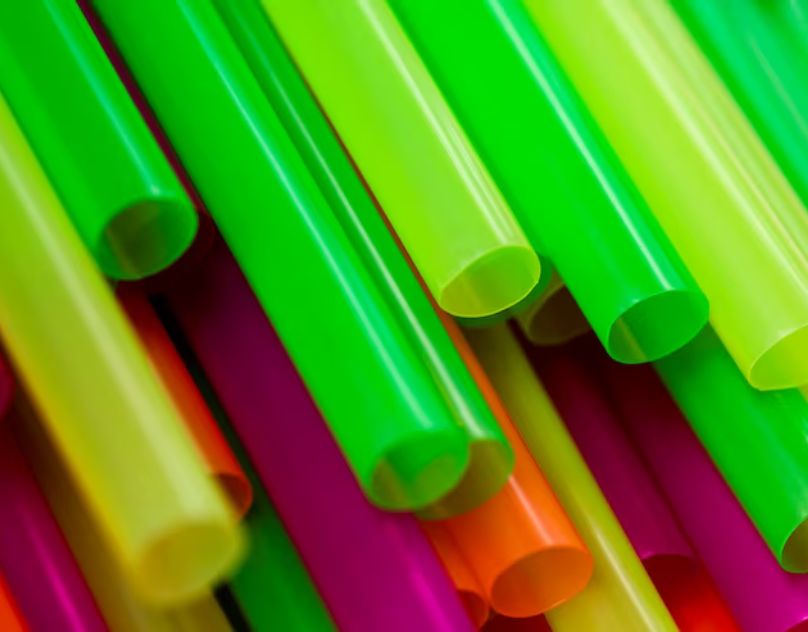Plumbing systems may not always be the most glamorous aspect of modern construction, but they are undoubtedly one of the most critical. Over the years, plumbing technology has evolved significantly, and PPR (Polypropylene Random Copolymer) pipes have emerged as a game-changer in this industry. PPR pipes have gained widespread popularity due to their durability, ease of installation, and resistance to corrosion and scaling. As we look to the future, it’s exciting to explore what innovations lie ahead in PPR pipe technology for plumbing systems.
Enhanced Material Compositions:
The core of any PPR pipe is its material composition. Manufacturers are continually working to improve this aspect by experimenting with new additives and copolymers. Future PPR pipes may incorporate advanced materials that offer even greater resistance to temperature variations, chemicals, and UV radiation. These innovations will result in longer-lasting pipes that require less maintenance and reduce the risk of leaks.
Smart Pipe Systems:
The concept of “smart” plumbing systems is gaining momentum. Integrating sensors and monitoring devices into PPR pipes can help detect leaks, pressure fluctuations, and temperature changes in real-time. These smart PPR pipes can communicate with centralized control systems, allowing homeowners and building managers to identify and address issues promptly, potentially saving water and preventing damage.
Improved Joining Techniques:
While PPR pipes are already known for their ease of installation, future innovations may simplify the process even further. New joining techniques, such as advanced fusion methods or mechanical connections, could reduce installation time and labor costs. Additionally, these techniques may enhance the overall reliability of the plumbing system, reducing the likelihood of leaks at connection points.
Eco-Friendly PPR Pipes:
Sustainability is a growing concern in the construction industry. Future PPR pipes are likely to be manufactured using more eco-friendly processes and materials. This not only reduces the environmental impact but also aligns with green building practices and regulations. Innovative recycling methods may also emerge, allowing old PPR pipes to be repurposed into new ones, further reducing waste.
Anti-Microbial PPR Pipes:
Maintaining water quality is crucial in plumbing systems. Innovations in PPR pipe technology may lead to the development of anti-microbial pipes that inhibit the growth of bacteria and other pathogens within the pipes. This ensures that the water flowing through the plumbing system remains safe and clean, especially in healthcare facilities and residential areas.
High-Pressure PPR Pipes:
Many plumbing systems require pipes that can handle high-pressure water flow. Innovations in PPR pipe technology may result in pipes designed specifically for these applications. These high-pressure PPR pipes will offer enhanced strength and durability, making them suitable for industrial and commercial plumbing systems.
Noise Reduction Technology:
One common complaint in plumbing systems is the noise created when water flows through pipes. Future PPR pipes may incorporate noise reduction technologies, such as sound-absorbing materials or design modifications, to create quieter plumbing systems. This can greatly improve the comfort and quality of life for occupants in residential and commercial buildings.
Customizable PPR Pipe Systems:
As building designs become more complex and customized, PPR pipe systems may need to adapt. Innovations could allow for customizable PPR pipe solutions tailored to specific construction projects. This flexibility will simplify the installation process and reduce material waste.
In conclusion, the future of plumbing systems looks promising with ongoing innovations in PPR pipe technology. These advancements aim to make plumbing systems more durable, efficient, and eco-friendly. As the construction industry continues to evolve, so will the materials and technologies that support it. With the ongoing development of PPR pipes and their integration into smart and sustainable plumbing systems, we can expect safer, more efficient, and environmentally responsible plumbing solutions in the years to come. Plumbing may not always be in the spotlight, but it’s the unsung hero that ensures our homes and buildings function smoothly.
